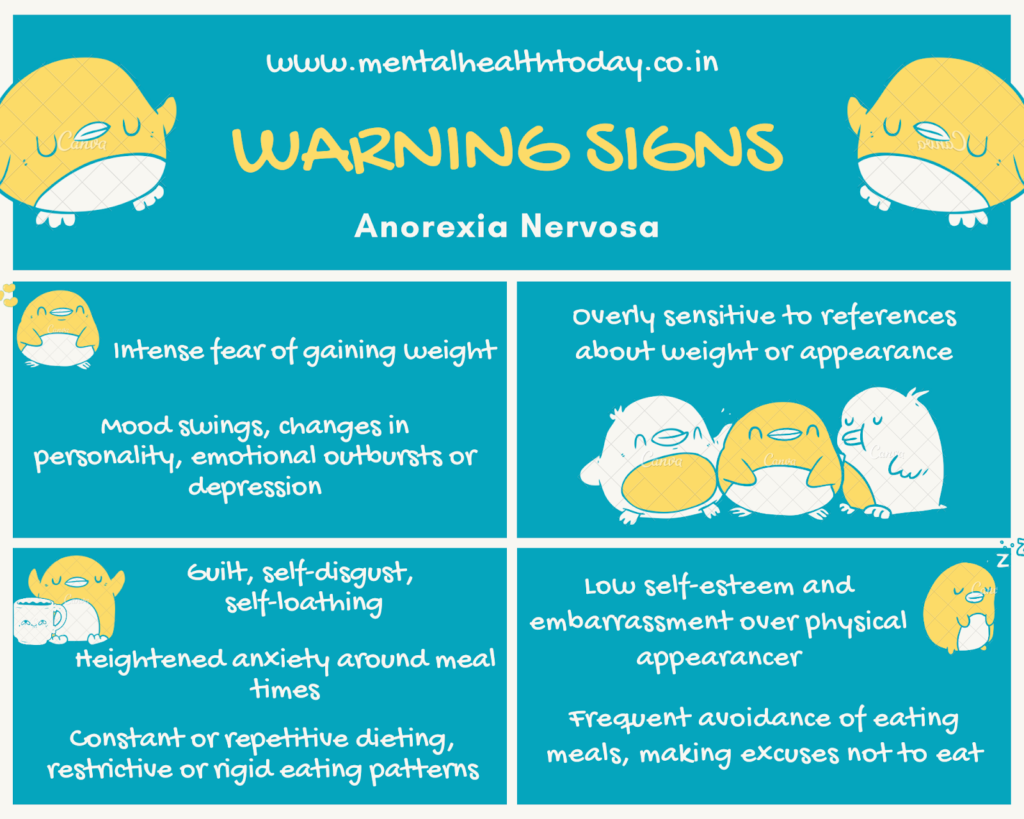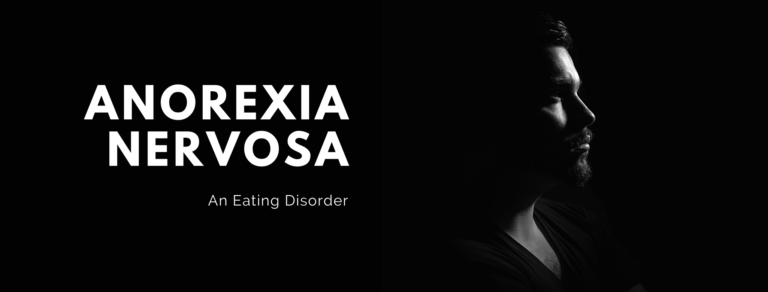Anorexia Nervosa is the most commonly found eating disorder. Read this blog by MHT India to know more about the same.
What is an Eating Disorder (ED)?
Eating Disorders depict ailments/illnesses that are described by unpredictable dietary patterns and serious trouble or worry about body weight or shape. Eating unsettling influences may incorporate insufficient or unnecessary food intake which can at last harm a person’s overall wellbeing.
The most widely recognized types of eating disorders include Anorexia Nervosa, Bulimia Nervosa, and Binge Eating Disorder. However, there are more kinds of earing disorders that are recognized and treated.
Anorexia Nervosa

Image credits – News Medical
Anorexia Nervosa is an eating disorder described by weight loss (or absence of acceptable weight gain in developing kids); challenges keeping up a suitable body weight for specific stature, age, and height; and, in numerous people, twisted self-perception or distorted body image. Individuals with anorexia, for the most part, confine the number of calories and the sorts of food they eat. A few people with this disorder likewise practice the excess amount of exercise, cleanse/purge through vomiting and intestinal medicines, and additionally voraciously consume food or binge eat.
Anorexia can influence individuals, all things considered, gender, sexual directions, race, age and ethnicities. History specialists and research psychologists have discovered proof of individuals showing side effects of anorexia for the past hundreds or thousands of years. An expanding number of children and more grown-ups are additionally being diagnosed with anorexia, along with adolescents who remain at the centre of the bell curve. In spite the preconceived notion, an individual shouldn’t be visibly distressed or underweight to be battling with this particular disorder. Studies have discovered that bigger-bodied individuals can likewise have anorexia, despite the fact that they might be less inclined to be diagnosed because of the lack of physical symptoms and the societies notions against obesity.
Listen here, for what happens after Anorexia.
Diagnostic Statistic Manual V is a diagnostic tool published by the American Psychiatric Association (APA and is usually used as the principal authority for psychiatric and psychological diagnoses.
The following are the diagnostic criteria mention in the DSM V for Anorexia Nervosa
- Restriction of energy intake relative to requirements leading to significantly low body weight in the context of age, sex, developmental trajectory, and physical health. Significantly low weight is defined as a weight that is less than minimally normal or, for children and adolescents, less than that minimally expected.
- Intense fear of gaining weight or becoming fat, or persistent behaviour that interferes with weight gain, even though at a significantly low weight.
- Disturbance in the way in which one’s body weight or shape is experienced, undue influence of body weight or shape on self-evaluation, or persistent lack of recognition of the seriousness of the current low body weight.
The following BMI percentiles, as suggested by WHO, are used as a reference, while diagnosing anorexia.
- Mild – BMI ≥ 17 kg/m2
- Moderate – BMI 16-16.99 kg/m2
- Severe – BMI 15-15.99 kg/m2
- Extreme – BMI < 15 kg/m2
Learn more about Anorexia here.

If you feel that you might be on this disorder spectrum, try this MHT Assessment.
MHT will like to tell anybody who is struggling with this disorder that they are not alone and we are here to show them a guiding light in every way we can. Please refer to MHT Directory to seek the right kind of help.
References https://www.nationaleatingdisorders.org/learn/by-eating-disorder/anorexia https://www.eatingdisorders.org.au/eating-disorders-a-z/what-is-an-eating-disorder/ https://www.eatingdisorders.org.au/eating-disorders-a-z/anorexia-nervosa



